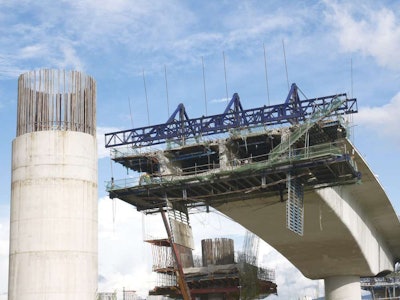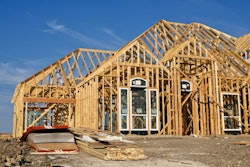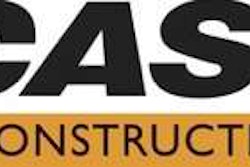

Indeed, should the U.S. not invest $1.1 trillion more in infrastructure by 2020, experts warn power outages will increase, food and clothing prices will jump, bridges will begin to crumble into non-use as traffic piles up and household income will drop.
All of the above warnings came in a report titled “Failure to Act” by the American Society of Civil Engineers. The report says $2.6 trillion is needed for U.S. infrastructure improvements by 2020. But the likely funding available is only $1.6 trillion.
The report says as many as 3.5 million jobs could be lost without the added funds while the average loss of income per household could be more than $3,000 per year. And between 2021 and 2040, disposable income losses could exceed $6,000 annually.
The ASCE report comes after a sweeping report by the Washington Post of the crumbling state of U.S. infrastructure and bridges, most of which are nearing the end of life status









